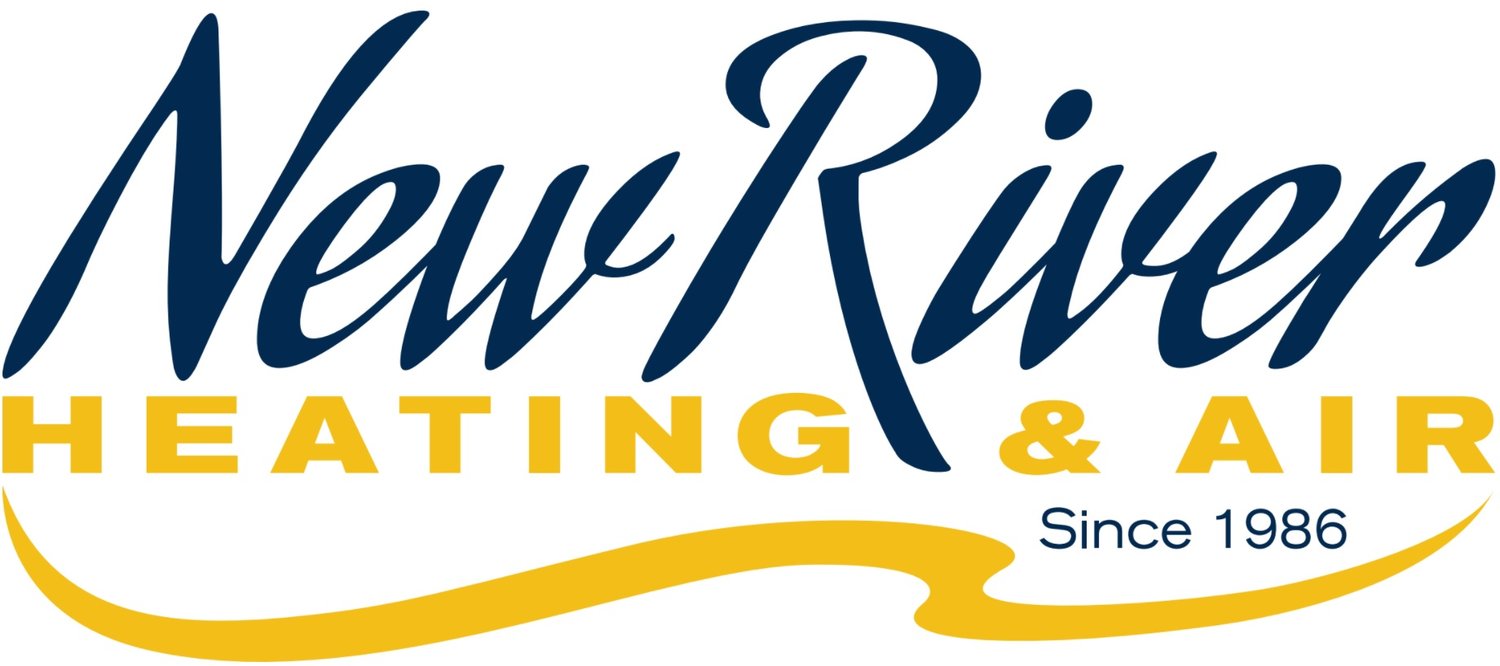5 Tips for Calibrating Your Thermostat and Optimizing Its Performance
The heating and cooling equipment in your Radford, VA home is driven by your thermostat. Even if your furnace, heat pump, or AC is perfectly maintained, none of these units will turn on if your thermostat isn't working.
One large part of optimizing the performance of this device is calibrating it. This entails comparing its current temperature reading with the actual temperature of your home. Our technicians take a multi-pronged and model-specific approach to thermostat calibration. Here are five tips that can help you optimize your thermostat's performance with the help of your HVAC professionals from New River Heating and Air.
1. Schedule Routine Heater and AC Maintenance
If you schedule annual maintenance for both your heating and cooling equipment, we'll take care of everything during these appointments. Thermostat calibration is a standard part of HVAC tune-up service. Although there are multiple do-it-yourself (DIY) tutorials online, no two thermostats are exactly alike. Device calibrations also become more complex when consumers have smart or programmable thermostats rather than standard options.
If you suspect thermostat miscalibration in between regular tune-up services, schedule prompt repairs. Having a professional put things right could:
Lower your heating and cooling costs
Extend the lifespan of your HVAC equipment
Promote accurate temperature control and a more comfortable environment
Reduce your carbon footprint
We assess the locations of thermostats, check for wiring issues, and remove built-up debris both inside and out. We use highly sensitive and accurate thermometers to take indoor temperature readings. For smart and programmable thermostats, we also know how to access calibration mode and make the required adjustments without adversely affecting any other functions or settings.
2. Assess External Factors That Might Impact Your Thermostat's Performance
Many external factors can affect a thermostat's temperature readings. For instance, if your thermostat is too close to your oven or any other fixed, heat-generating appliance, it will often read your indoor temperature as being much warmer than it is. This proves problematic on exceedingly cold days when remote areas throughout the building are downright frosty.
Although nearby ovens are a top cause of inaccurate thermostat readings, many electronics can be just as problematic. These include high-power gaming computers, cryptocurrency mining computers, home theater projectors, and space heaters. Anytime you make a new addition to the room in which your thermostat is installed, you must consider its potential impact.
Changing your window treatments can also impact temperature readings. If you replaced heat and light-blocking blinds with lightweight sheers, your thermostat could be bathed in sunlight throughout the mid-portion of the day. If we notice changes like these during your tune-up service, we might make recommendations for correcting them, or we may suggest moving your thermostat to a new location.
3. Replace and Upgrade Your Thermostat
Most modern thermostats last about 10 years. Throughout this time, these devices work year-round. Unlike heaters and air conditioners that sustain wear from seasonal use, thermostats never get a break. If you've had your thermostat for more than 10 years, its temperature gauge could be increasingly erratic. Although calibrating this device or having it professionally calibrated might provide short-term improvements, you'll get the best results by replacing it.
This is also an excellent opportunity to upgrade a standard or programmable device to a much higher-functioning and far more feature-rich smart thermostat. According to Energy Star, this upgrade could save you as much as 8% on your home energy bill each year.
4. Prevent Power Surges
Most thermostats are hard-wired into residential electrical systems. Thus, if there are problems with your electrical system, they'll likely impact your thermostat over time.
Among the most common electrical issues affecting hard-wired devices like thermostats and smoke detectors are power surges. Most of these surges last just fractions of a second and originate indoors. Mini-surge events occur when major appliances cycle on and overhead lighting dims or flickers.
If you have lots of these events in your home, you might have an overloaded circuit, outdated wiring, or an outdated electrical system. We can identify the problem and make recommendations for fixing it. This will both optimize your thermostat's performance and extend its lifespan.
5. Consider HVAC Zoning
In some homes, one thermostat simply isn't enough. For instance, if you have a multi-story property, a downstairs thermostat won't be able to read your upstairs temperature accurately. With zoning, we can divide your home and your HVAC ducting into separate service areas and install a separate, independently controlled thermostat in each.
We've been proudly serving Radford, VA and the surrounding communities since 1986. We offer exceptional heating and AC service. We also provide duct cleaning, indoor air quality improvements, tankless water heaters, and thermostat upgrades. To have your thermostat inspected, cleaned, and calibrated, contact New River Heating and Air today!
